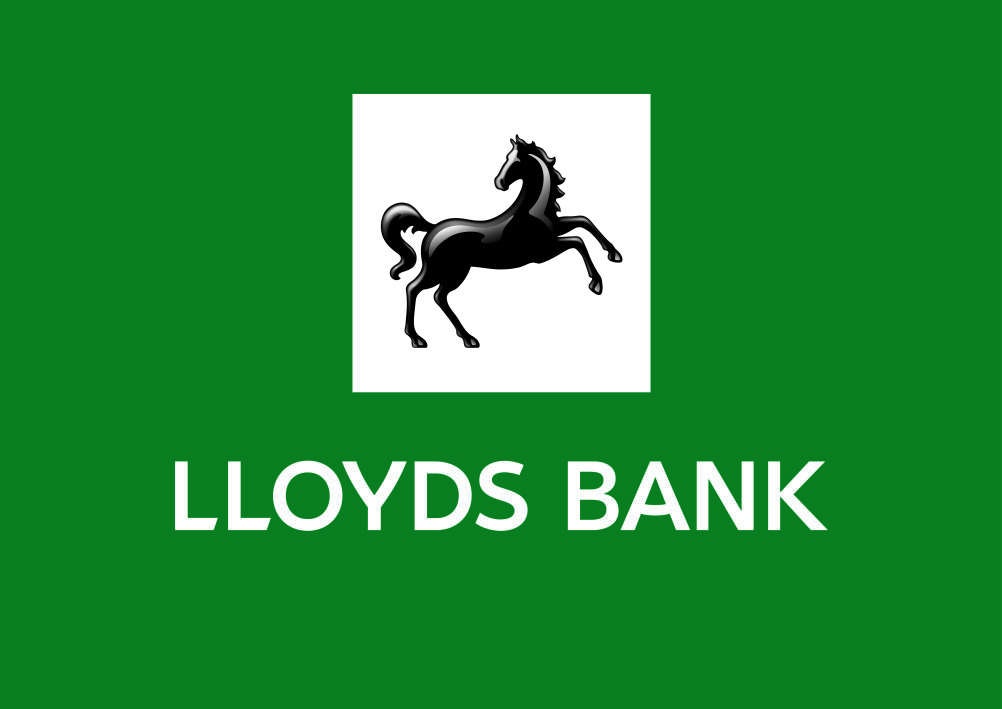
Lloyds Banking Group (LBG) has axed unauthorised overdraft fees and standardised charges across its three brands: Lloyds, Halifax and Bank of Scotland. As Douglas Blakey reports, the new fees are simpler and offer greater transparency but are anything but cheap and there will be some losers
Lloyds has ripped up its existing charging structure and in its place, as of 2 November, introduced a single fee: 1p per day for every £7 of overdrawn balance.
It is radical and the move ends unauthorised overdraft fees. It also affects millions of customers. Of the 46 million UK adults holding a current account, around 25% maintain a current account with Lloyds, Halifax or Bank of Scotland.
Why the change? The LBG party line – and to be fair it has some merit – can be summarised thus.
The new approach to overdrafts is simple and clear, giving customers more control of their overdraft borrowing and how they manage their finances.
That is not however the full story.
How well do you really know your competitors?
Access the most comprehensive Company Profiles on the market, powered by GlobalData. Save hours of research. Gain competitive edge.

Thank you!
Your download email will arrive shortly
Not ready to buy yet? Download a free sample
We are confident about the unique quality of our Company Profiles. However, we want you to make the most beneficial decision for your business, so we offer a free sample that you can download by submitting the below form
By GlobalDataThe new fee is fixed and other than the 1p for every £7 borrowed per day, there are no other charges. The LBG spin adds that customers will no longer pay monthly arrangement fees and returned item and monthly usage fees will be axed.
Winners and losers
There will be winners and some losers: Lloyds estimates that more than 9 in 10 of its customers will either be better off or unaffected financially by the changes.
Take the winners first. Under the outgoing fees regime, a customer who exceeds their overdraft limit is charged £10 per day. They also paid 19.89% interest on the overdrawn balance plus a monthly overdraft usage fee of £6.
So customers who dip into unauthorised overdraft by a small sum for just a few days will be better off.
Halifax customers will not benefit to quite the same extent under the new standardised fees tariff as they were charged £5 per day of unauthorised overdraft borrowing.
The losers will be those customers who have an existing high level of agreed overdraft, used for much of the month. So take the example of a customer who uses all of a £1,000 overdraft for say 10 days a month: that customer will now pay about £15 per month, up for £11 under the old rules.
Again, to be fair to Lloyds, it has given its customers more than adequate notice of the changes by letter, online and via social media since the changes were announced in July.
LBG is also at pains to assure students running overdrafts that they are not going to be adversely affected.
Lloyds Bank and Bank of Scotland Student Accounts are automatically converted to Graduate Accounts in the summer of graduation. Customers will continue to be able to operate their Graduate Account for three years and this includes an interest free overdraft. The interest free amount tiers down over the course of the three years.
Halifax customers can retain their student account and interest free overdraft for an extra year after graduation before the account is converted to a Halifax Reward current account.
LBG itself will drop revenue due to the changes. The Competition and Markets Authority (CMA) estimated last year that UK banks rake in in total about £1.2bn from authorised overdraft fees.
With its 25% market share, one can do the sums-this move will cost LBG a nine figure sum.
Regulatory pressure
And that is the second reason for Lloyds’ radical change in fees strategy: regulatory pressure.
Last year the CMA decided not to impose a cap on overdraft fees. The threat of overdraft charges being regulated in a similar way to payday loans remains, as the FCA is now investigating the cost of short term consumer credit.
With some overdraft charges exceeding payday lending rates, the banking sector has only itself to blame if further regulation results.
Lastly, Lloyds decision can be viewed against increased competitive pressure. Since the advent of 7 day current account switching in September 2013, Lloyds has been losing market share.
By contrast, its Halifax brand has been among the winning brands led by Santander, Nationwide and Metro Bank.
Lloyds is also wary of competition from rivals that have entered the current account sector in recent years such as Marks and Spencer the Post Office and Metro.
Next year, the new breed of start-up banks including Starling and Monzo will enter the current account battle ground.
Competition
Traditionally, banks have not viewed overdraft charges as a competitive arena.
Santander, the big winner from 7 day switching has overdraft charges that are, if anything, higher than Lloyds.
Barclays ended unauthorised overdraft charges more than two years ago – and has been one of the bigger losers from 7 day switching.
And Lloyds’ fees changes may give a boost to the UK’s low bank switching rates.
At present, only about 1 million out of the 46 million adults with UK current accounts switch their main current account every year – a miserable 3% – against double digit rates for mobile phone and energy supplier switchers.
The move by Lloyds represents a move in the right direction – and now attention turns to how its traditional rivals will respond.






